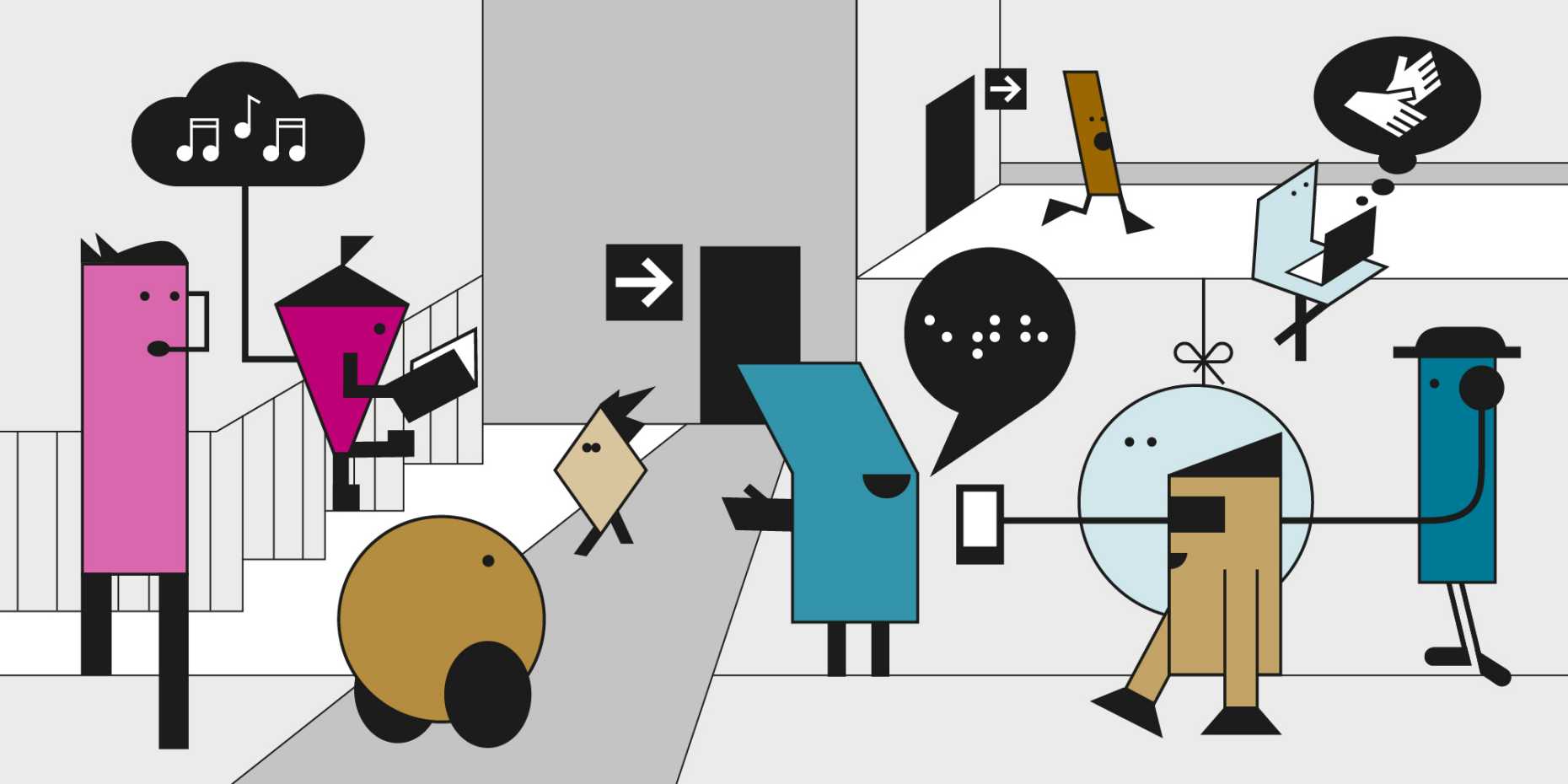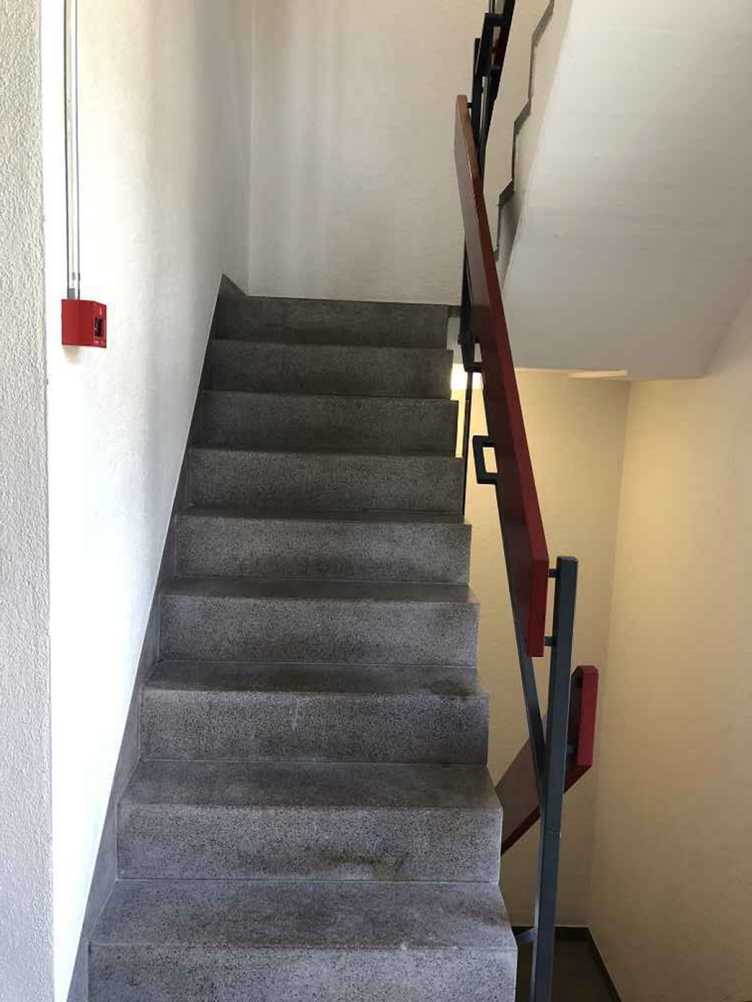Barrier-free ETH – New courses, new public tours and a pilot
At the beginning of 2021, the “Barrier-free at ETH Zurich” programme was launched. This aims to make the university as accessible as possible over the course of the next few years. New courses, new public tours and a large pilot project are planned for 2022.

From now on, it will be much easier for members of the ETH community to create accessible digital content. People often unwittingly build barriers into websites, PDF files, presentations, images or videos: for example, if photos have no alt text (i.e. a short description of the image), videos no subtitles and PDF files no navigation aids, their content isn’t accessible to people with visual or hearing impairments. To ensure everyone is reached in future, both Corporate Communications (through subproject 11 “Accessible communication”) and the Educational Development and Technology department (through subproject 13 “Accessible teaching materials”) have recently started offering regular courses on topics such as “Digital accessibility” and “Accessible pdfs made easy”. The current course overview is available at Internal IT courses.
New public tours
The range of accessible, public guided tours at ETH Zurich will also be significantly expanded in 2022: the Download Public Tours programme now features small icons that provide information on whether the tours are barrier-free / wheelchair-accessible, whether they are suited for people with a visual impairment, and whether a sign-language interpreter can also be arranged. The “Joining with wood” tour on 1 February is specially designed for people with visual impairments, enabling them to experience traditional wood joints from Europe, North America and Japan in physical ways rather than with their eyes. The first tour with a sign-language interpreter takes place a week later on 8 February and introduces participants to the world of ETH’s most famous alumnus: “Excuse me, Albert Einstein”. The entire 2022 programme can be found at Download Public Tours (PDF, 6.1 MB).
The CHN building as a pilot

Planning and analysis are still underway, but soon building and remodelling work – to improve accessibility, of course – will begin: the CHN building on Universitätsstrasse on the ETH Zentrum campus will be serving as a pilot for renovating an existing building to make it barrier-free. This requires close coordination between the Real Estate Management department, Campus Services and the ETH Zurich signage team. Subproject 9 “Adapt existing buildings” and subproject 5 “Implement signage concept” are joining forces to tackle the remodelling of barrier-free entrances, signage, lifts, stairwells, etc. Findings from this pilot project will subsequently be incorporated into the planned remodelling of other existing ETH buildings.
Conclusion and realignment
Subproject 4 “Periodic building checks” has already been successfully concluded under the leadership of the Facility Management department. Since October 2021, there have been regularly documented inspection rounds in ETH buildings in which movable obstacles are removed: for example, ramps blocked with furniture, corridors blocked with boxes, or illegally locked fire doors.
Subproject 10 is undergoing a realignment: the original mandate to work up an Executive Board mission statement for an open and inclusive university will be fully covered by the newly launched development of a holistic diversity strategy for ETH from 2022. The development of this strategy is managed and communicated by ETH Diversity.
Under the new title “Awareness raising and programme communication”, subproject 10 will therefore focus in future on providing members of the ETH community with information about what it means to be “barrier-free” and raising their awareness for an accessible, barrier-free university through a series of events and campaigns.
Barrier-free at ETH Zurich
In autumn 2020, the Executive Board gave the green light to the implementation of the barrier-free project: over the course of the next few years, people with disabilities or special needs – whether students, teachers, researchers, staff or visitors – should benefit from greatly improved access to ETH buildings and services.
The proposed measures will be implemented in 14 subprojects under three categories: “Construction, building usage and architecture”, “Organisation and culture” and “Technology, communication and teaching”.
For more information on the programme and the 14 subprojects, visit the Programme website.
Comments
No comments yet